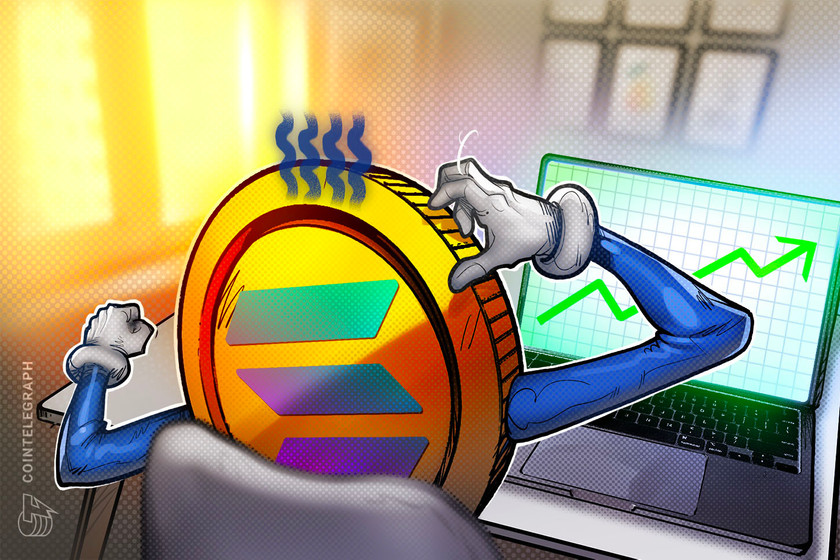Bitcoin is known to be a very volatile digital asset as its price is often wont to rise and fall unexpectedly, and sometimes without a clear reason. One of these instances of the digital asset flash-crashing was back in 2021 when the price of Bitcoin had fallen 87% on some exchanges in a matter of minutes. However, the mystery behind this flash crash has been unveiled two years after it first occurred.
Former Alameda Research Engineer Spills Secret
Alameda Research is the sister company of the now-defunct FTX crypto exchange run by Caroline Ellison who served as CEO until it collapsed. Following the bankruptcy, employees at the trading firm have, at various times, come forward to tell stories of what took place at the company. This time around, an ex-engineer Aditya Baradwaj is telling the story of how a simple mistake caused the company to lose tens of millions of dollars.
Baradwaj took to his X (formerly Twitter) account to reveal how an Alameda employee had unwittingly triggered a Bitcoin flash crash in 2021. According to him, the error was a result of two trading systems operated at the company.
PART 2: THE FAT-FINGER
or
The story of how a misplaced decimal point at Alameda Research caused a market crash that echoed around the world.
(1/n)
#SBF #FTX pic.twitter.com/jCykh6rg1o
— Adi (e/acc) (@aditya_baradwaj) September 20, 2023
The ex-engineer explained that Alameda had semi-systemic strategies in which a complex automated trading system was controlled by model parameters set by traders. The second was manual trading which would be done when the former could not execute a trade due to a number of reasons.
In the case of the trader who triggered the flash crash, they had to manually enter a trade to sell a large tranche of BTC using Alameda’s manual trading system. However, the trader had failed to realize that the decimal point in the trade was off by a couple of spaces, which meant that they were selling the BTC at much lower prices than the current price.
The result of this simple error was Alameda selling off a sizable portion of BTC at pennies on the dollar which resulted in a flash crash on multiple exchanges. The crash was most prominent on the FTX and Binance exchanges, where prices fell from $65,000 to $8,000 in a matter of minutes.
Covering Up The Bitcoin Crash
The aftermath of the flash crash, according to the ex-engineer, involved Alameda rushing to put in place sanity checks that should have been available before any manual trades were executed. He notes that this was not out of the ordinary as they were always waiting for things to break before fixing them at the company.
“That’s usually how things worked at Alameda – we would wait until something broke, and then rush to fix it,” he said. Baradwaj also referred to FTX founder Sam Bankman-Fried saying that the utility gained after the events outweighed the costs incurred from poor risk checks and hacks.
He also pointed to Binance commenting on the flash crash with a statement that blamed a bug in the trading algorithm of one of their institutional traders. “I guess Caroline had made some phone calls,” Baradwaj said, referring to Alameda’s CEO.










